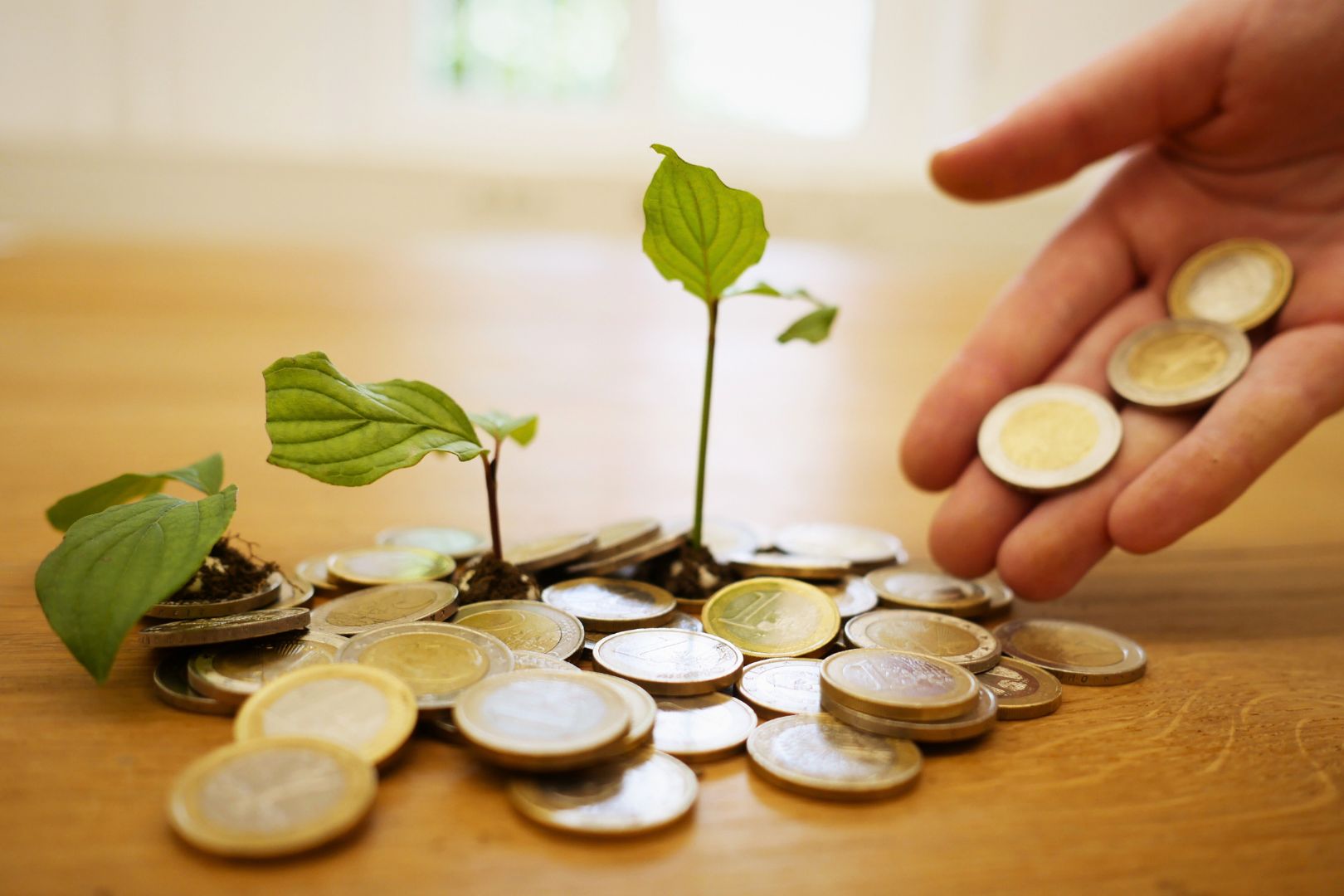Innovarum attended the first of a series of 4 webinars structured around the general topic of “Shaping the Innovation Ecosystem for the bioeconomy” organised by the LIFT project with the collaboration of: URBIOfuture, CELEbio, the European Bioeconomy Network, Biobridges and Biovoices. The first webinar of the series was about “Awareness raising, Communication, Education and Stakeholders Engagement”.
Awareness, Communication, Education & Engagement
The webinar on “Awareness raising, Communication, Education and Stakeholders Engagement” presented the work of the projects LIFT, URBIOfuture and the European Bioeconomy Network. The 3 are Coordination and Support Actions that work around finding ways to communicate the bioeconomy to different stakeholders. Mainly, the webinar covered the following topics:
- Bioeconomy awareness-raising and Communication.
- Bioeconomy Education.
- Stakeholders engagement.
EU projects in the bioeconomy that work on industrial demonstration actions or in the development of novel innovations can also benefit from their insights and experience. Effective communication tools will always benefit the impact of a project!
Practical communication tips for bioeconomy projects

On messages
- In order to build an impactful awareness and communication strategy, messages should be tailored to each specific audience and stakeholder.
- Bioeconomy is too abstract, complex, and not easy to understand. For that reason, messages should be simple, concrete, applicable in real life, but based on solid and trustable scientific background.
- Be aware of the potential risks of miscommunication and confusion around concepts!
On targets and audiences
Interested audiences
Explore the full range of potentially interested audiences for your project and the bioeconomy. Evaluate whether citizens, primary producers, procurers, industries, brand owners, retailers, intermediaries and policymakers can be important stakeholders.
Multipliers and ambassadors
Identify which can act as multipliers and ambassadors for the messages and results of your project, then target and involve them. For example, for agricultural projects in the bioeconomy, ambassadors and multipliers could be farmer associations, professional networks, certification bodies… It is also important to have in mind other general collectives and professionals like researchers, students, influencers, science promoters, testimonials, media, start-ups, retailers, local industries, politician or other related projects.
Schools and education centres
Depending on your project, targeting schools and education centres can help maximise its impact. Investing time in education activities will help grow a future generation knowledgeable and sensitive to environmental issues and to the benefits of the bioeconomy.
On communication tools and channels
Be open to all options. Proven successful tools are:
- Story Telling as a successful way to communicate the bioeconomy, your project and your results.
- Exhibition Showcasing Samples of Bio-Based Products.
- “Hands-on” Activities and Exhibitions: letting the public and your target test what your project is about.
- Social Media channels and the online interaction.
- Community Building and Inter-Project Collaboration.
On Engagement
Building engagement with your stakeholders is key for the successful communication of your project. It is possible to boost engagement through different actions: informing, consulting, involving, collaborating and empowering. In general, the goal is to make your communication audiences and targets participant of your project, actions and messages.
Some tips on how to generate engagement from the webinar are:
- Address challenges through a bottom-up approach, taking all stakeholders into account and co-designing shared solutions.
- Sharing of success stories and good practices facilitates motivation, inspiration and engagement of stakeholders.
- Have in mind that different audiences will require different engagement methods. Tailor the stakeholder engagement activities, methodologies, and tools to regional resources, needs and problems.
- Facilitate the transfer and replication of your solutions as much as possible.
- Offer Debate opportunities: involve your targets and ask for their input and opinion.
Previous posts
#WeMakeInnovationHappen
Do you have an innovative idea for a project? Are your looking for project management support? Do you need a Dissemination and Communication Partner?







